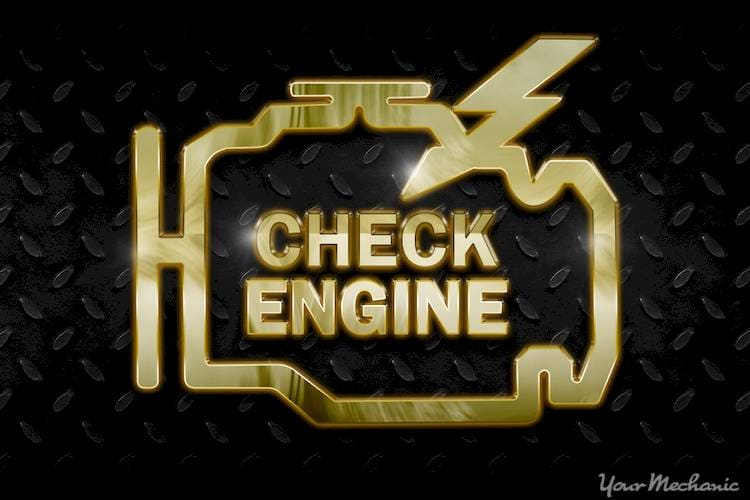P0466 code definition
The powertrain control module (PCM) has detected a problem in the EVAP system and stored a trouble code.
What the P0466 code means
The EVAP system controls fumes from the fuel tank, stores them in the charcoal canister and directs them back into the engine where they can be burned like fuel. The EVAP system’s components include the gas cap, fuel lines, purge valve and charcoal canister, system pressure/flow sensors, electrical wiring/connectors, vacuum lines, fuel tank and fuel vapor hoses, among others. A code is set in the PCM when a sensor in the system sends voltage that’s outside of normal parameters. While some vehicles require multiple cycles for the MIL to illuminate, a code will usually be stored on the first failure. Stored codes without an illuminated MIL may read as pending codes.
What causes the P0466 code?
- Loose or faulty fuel cap
- Failed purge control solenoid
- Clogged or broken charcoal canister
- Broken, cracked, or deteriorated vacuum/fuel vapor hoses
- Faulty pressure or flow sensor
What are the symptoms of the P0466 code?
There may be no outward symptoms of a P0466 code other than an illuminated MIL, but other EVAP or emissions-related codes may accompany it.
How does a mechanic diagnose the P0466 code?
The EVAP system captures fuel vapors from the fuel tank and lines and prevents them from escaping into the atmosphere. This is accomplished by engine vacuum, a charcoal storage reservoir canister and electric solenoids. Plastic or metal hoses supply flammable fuel vapors to the canister, where they are stored until a signal from the PCM activates the purge control solenoid and opens the purge control valve.
While the engine is running, the purge control valve allows engine vacuum to bring the fuel vapors into the engine’s intake, where they can be burned. The canister is usually located under the vehicle by the fuel tank. Lines from the charcoal canister to the engine are quite long and are prone to damage from road debris and the elements.
A scanner/code reader, digital volt/ohmmeter (DVOM) and smoke machine will be useful in a diagnosis of code P0466.
- Visually inspect all wiring and connectors and repair/replace any damaged, disconnected, corroded, shorted wiring, connectors or components as needed.
- If all wiring, connectors and components appear to be in good shape, connect the code reader to the diagnostic connector. Record all stored codes, freeze frame data and clear the codes.
- Test drive the vehicle to see if codes return.
- If the codes return, start your diagnostic process by removing and replacing the fuel cap, clear the code again, then test drive the vehicle to see if the code returns. NOTE: Several drive cycles may be needed for the MIL to illuminate.
- If the code(s) return, visually inspect the vacuum lines and fuel vapor hoses for cracks, splits, kinks, breakage, loose fittings or deterioration. Repair/replace as needed.
- Inspect the charcoal canister and purge valve for damage or corrosion, replace any faulty parts as needed.
- Place the vehicle on a lift and start the engine. From underneath, listen closely to the purge control solenoid. Listen for vacuum leaks near the purge control valve, or the hose that runs from the purge valve to the intake.
- When the solenoid begins making a clicking noise, the purge valve should be opening and closing.
- Place the smoke machine’s nozzle into the vacuum supply hose for the purge solenoid, allowing it to fill the system with smoke. Watch closely for escaping smoke from lines, hoses or system components. Pay particular attention to smoke from the gas cap, as faulty fuel caps are common.
- The charcoal canister is vented, so smoke will escape slowly from the unit. This is normal.
- Liquid can infiltrate the charcoal canister, clogging it and impeding purge flow. With the purge solenoid open, check for suction at both sides of the canister. If there is suction to the canister, it is likely to have failed.
- Remove the canister and shake it, listening for any rattles from broken or loose particles. Replace as needed.
- If the canister looks normal, check fuel vapor hoses for kinks or crushed areas.
- If the canister/lines appear normal, test the purge control solenoid. It should act as an on/off valve, completing a circuit powered by the battery at normal battery voltage.
- If the solenoid is faulty, an EVAP control circuit code should accompany P0466. If this is the case, inspect connectors and wiring for signs of corrosion or damage. Repair as needed.
- If wiring and connectors appear to be good, unplug the connector from the PCM and perform a resistance check on the purge control solenoid, system pressure/flow sensors and system wiring.
- Compare your findings to manufacturer’s specs. Repair as needed.
- Reset the codes and test drive the vehicle, keeping in mind that multiple drive cycles may be needed for the code to return.
Common mistakes when diagnosing the P0466 code
Often, EVAP components are replaced when the problem was nothing more than a vacuum leak or loose fuel cap.
How serious is the P0466 code?
A P0466 code may not affect drivability, but it can cause a vehicle to fail an emissions test.
What repairs can fix the P0466 code?
- Tightening fuel cap
- Replacing the fuel cap
- Replacing vacuum lines or vapor lines
- Replacing charcoal canister
- Replacing charcoal canister purge valve and/or solenoid
In most cases, a P0466 code or other EVAP codes are due to problems with the charcoal canister or fuel cap. Start with those and work your way through the system from there.
Need help with a P0466 code?
YourMechanic offers certified mobile mechanics who will come to your home or office to diagnose and repair your vehicle. Get a quote and book an appointment online or speak to a service advisor at 1-800-701-6230.
OBD-II
trouble codes
P0466





